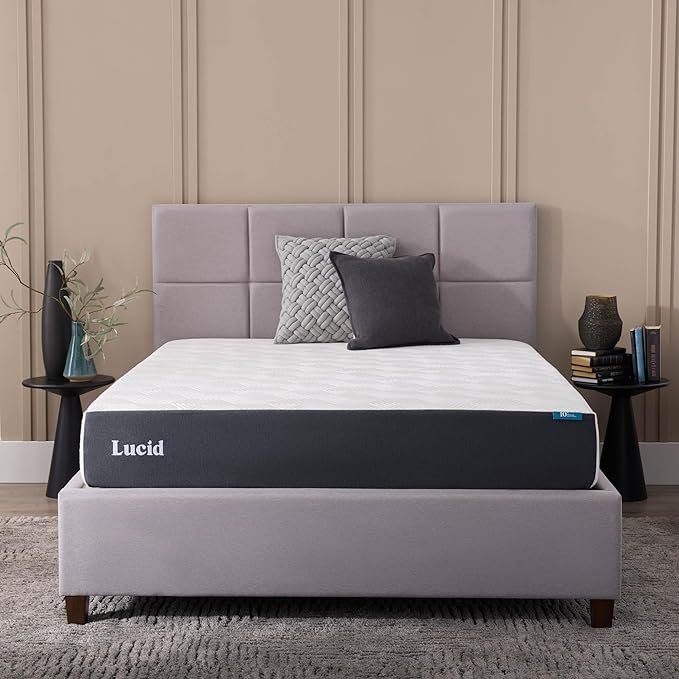The bed, a symbol of rest and comfort, has undergone significant transformations over the centuries. From rudimentary straw-filled sacks to today’s technologically advanced smart beds, the evolution of beds reflects the broader history of human civilization and our quest for better sleep.
Early Beginnings: Straw Mattresses and Wooden Frames
In ancient times, the concept of a bed was remarkably simple. Early humans slept on piles of leaves, straw, or animal skins, often on the ground or atop rudimentary raised platforms. The earliest known “bed” dates back over 77,000 years, discovered in a cave in South Africa. This bed consisted of layers of plant material, designed to keep insects at bay and provide some degree of comfort and insulation from the cold ground.
As societies developed, so did the complexity of beds. In ancient Egypt, beds became more structured, featuring wooden frames with woven reeds as support. These beds were often elevated, a sign of status and an effective way to avoid pests. Wealthy Egyptians slept on beds adorned with intricate carvings and gilded details, while the less affluent made do with simpler constructions.
The Middle Ages: The Rise of the Four-Poster Bed
The Middle Ages saw the introduction of the four-poster bed, a design that would dominate European bedrooms for centuries. These beds, often ornately decorated, featured heavy wooden frames with posts at each corner, from which curtains could be hung. The curtains served both practical and aesthetic purposes, providing warmth and privacy in draughty medieval castles.
Mattresses during this period were stuffed with straw, hay, or feathers, depending on the owner’s wealth. These fillings, while an improvement over the bare ground or simple plant matter, still left much to be desired in terms of comfort and hygiene. The wealthiest individuals might have had mattresses filled with down feathers, offering a softer sleeping surface.
The Industrial Revolution: The Birth of the Modern Mattress
The Industrial Revolution of the 18th and 19th centuries brought about significant advancements in bed design and construction. The development of coiled springs in the 19th century revolutionized the mattress industry, offering a level of support and comfort previously unattainable with traditional stuffing materials. These spring mattresses quickly became popular, paving the way for the modern mattress as we know it.
Queen Size Platform Bed Frame with 4 Storage Drawers

At the same time, bed frames evolved to become lighter and more decorative. Cast iron frames became fashionable, valued for their durability and resistance to pests like bedbugs. The era also saw the rise of box springs, which provided additional support for mattresses and further enhanced sleep quality.

The 20th Century: Foam, Memory Foam, and Hybrid Mattresses
The 20th century was a period of innovation in the bedding industry, with the introduction of new materials and technologies. Foam mattresses, particularly those made from latex, gained popularity for their comfort and support. In the 1960s, NASA developed memory foam to improve the safety of aircraft cushions, and this technology soon found its way into the consumer market.
Memory foam mattresses, known for their ability to contour to the body and relieve pressure points, quickly became a favorite among consumers. The development of hybrid mattresses, which combine the benefits of both spring and foam technologies, further expanded the options available to sleepers, catering to a wide range of preferences and needs.
The 21st Century: The Rise of Smart Beds
In the 21st century, the evolution of beds has reached new heights with the advent of smart beds. These technologically advanced beds are equipped with features designed to monitor and improve sleep quality. Smart beds can track sleep patterns, adjust firmness and temperature, and even wake users with gentle vibrations or sounds.
Some smart beds, like the Sleep Number 360, allow users to adjust the firmness of the mattress on each side, catering to individual preferences. Others integrate with smart home systems, offering features like climate control and connectivity with other devices. These innovations are not just about comfort; they also reflect a growing understanding of the importance of sleep for overall health and well-being.
The Future of Beds
As technology continues to advance, the future of beds looks increasingly sophisticated. We can expect to see further integration of artificial intelligence, allowing beds to learn and adapt to individual sleep habits over time. Materials that promote better hygiene, temperature regulation, and sustainability are also likely to become more prevalent.
The bed, once a simple pile of straw, has evolved into a complex piece of technology aimed at optimizing one of the most crucial aspects of our lives: sleep. As we continue to learn more about the science of sleep, the beds of the future will undoubtedly continue to evolve, offering even greater comfort and health benefits to those who use them.

This article highlights the incredible journey of the bed, from the humble beginnings of straw mattresses to the cutting-edge smart beds of today. Each innovation has brought us closer to achieving the perfect night’s sleep, reflecting the ongoing human pursuit of comfort and well-being.


